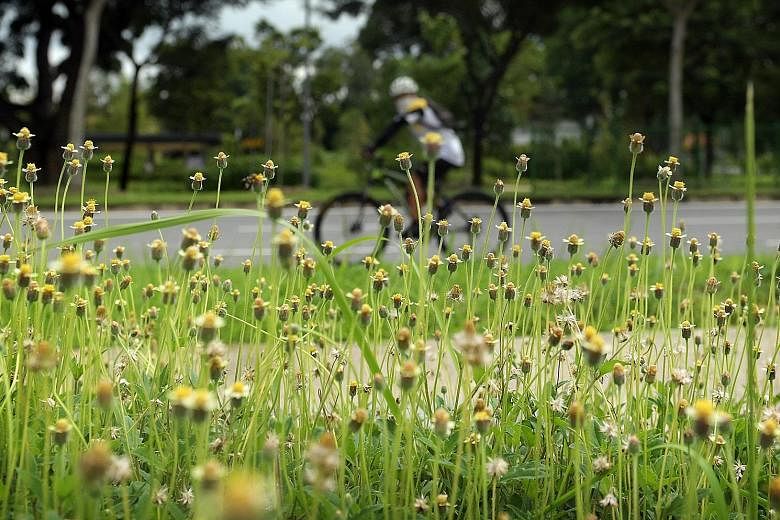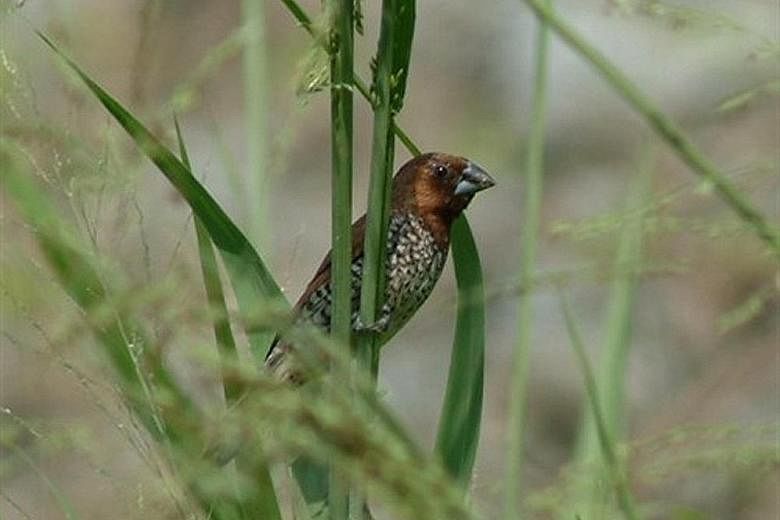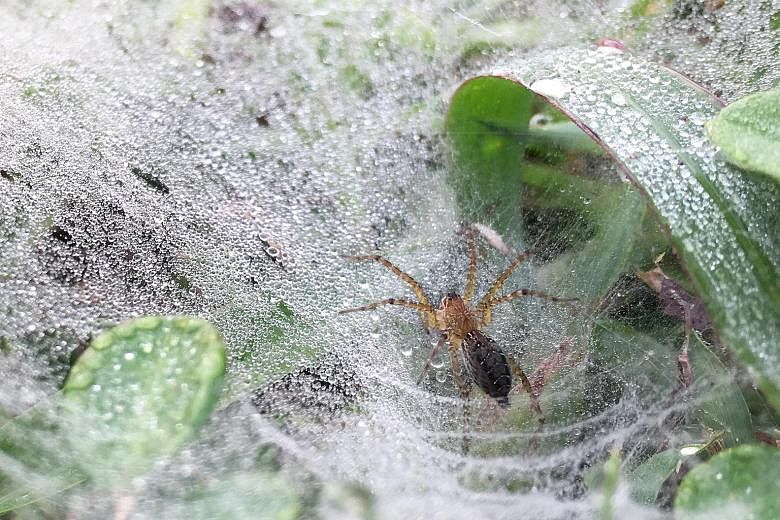City life has slowed during the circuit breaker period with services such as weeding and grass-cutting suspended, but weeds and wildflowers still grow.
So, too, has people's appreciation for their rustic beauty, with many posting photographs of such overgrown landscapes on social media.
While it may be the patches of overgrown mimosas that are grabbing people's attention during this period, ground cover, or plants that cover an area, is diverse.
Mr Lim Liang Jim, group director of the National Parks Board's (NParks) National Biodiversity Centre, said ground cover plants can include a variety of native and naturalised grasses, sedges, herbs, climbers and other small shrubs.
Some locations with naturalistic grasslands and vegetation include the grasslands at the Jurong Lake Gardens, parks such as Tampines Eco Green, Coney Island and the Thomson and Windsor nature parks, he added.
These landscapes do not just look pretty.
"Ground cover can support a diversity of insects, birds, reptiles and small mammals, providing shelter and food sources for them," Mr Lim noted.
The flowers, leaves and seeds of ground cover plants can attract animals, including many butterfly and bee species - the gardeners of many ecosystems.
These animals can help to support other neighbouring ecosystems, such as those in parks, nature reserves or even community gardens in the vicinity, said entomologist Foo Maosheng from the National University of Singapore's Lee Kong Chian Natural History Museum.
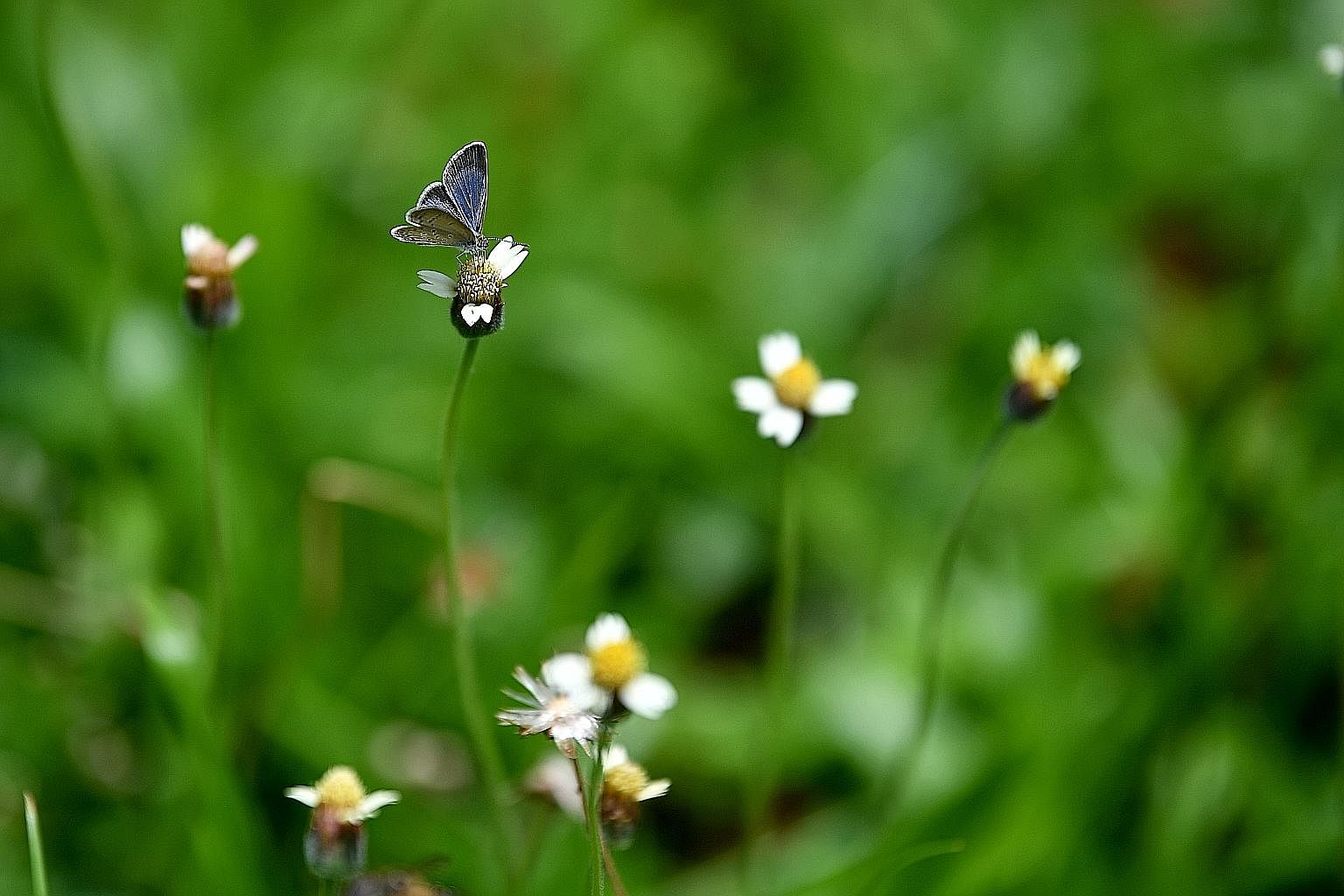
Plants offer up their pollen and nectar to these animals and, in exchange, they help plants bloom and grow, as they take pollen from one flower to another.
Mr Foo said: "These pollinators are what helps us get our fruits, nuts and seeds, or honey from our honey bees."
Pollination - or the transfer of pollen from the male part of a flower to the female part of another - helps fruit and seeds to form.
Mr Foo said some species of insects, such as hover flies, could also have larvae that can help keep pests like aphids or thrips under control.
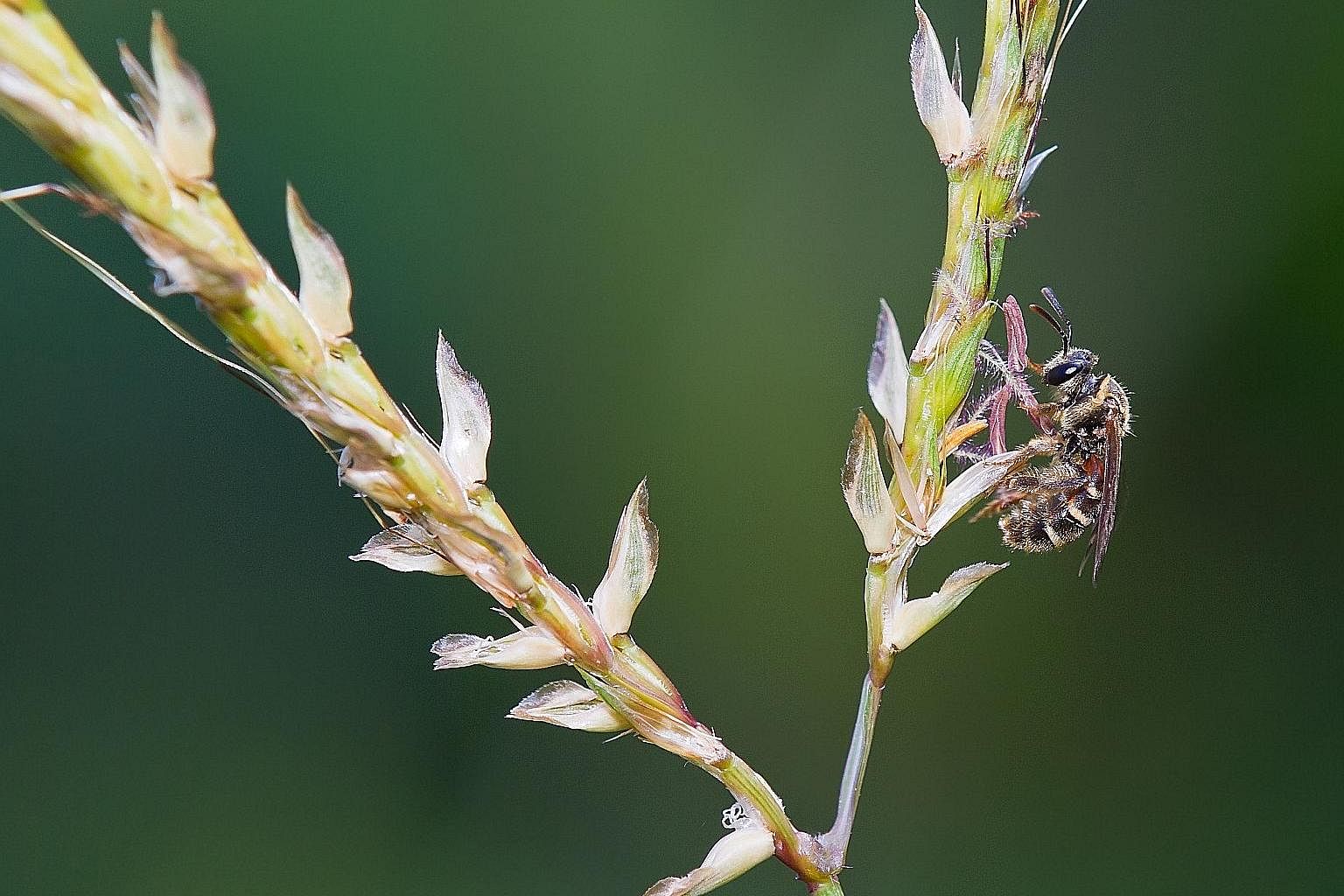
With such grassy habitats supporting insect populations, native birds - especially insect-eating ones like bee-eaters - could also benefit, said Mr Foo.
However, as insects are small, fast and often camouflaged, nature lovers need to keep a keen eye out for them, he said. "No sudden movements, and be patient in watching them."
NParks' Mr Lim said Singapore aims to restore nature to its urban landscape and intensify greening efforts to fulfil its ambition of transitioning into a city in nature.
"NParks has implemented measures to attract and support native species of insects, birds and small mammals," he said, pointing to habitat enhancement efforts, park restoration projects, which include naturalised areas, as well as the implementation of multi-tiered planting that resembles the natural structure of forests along roads.
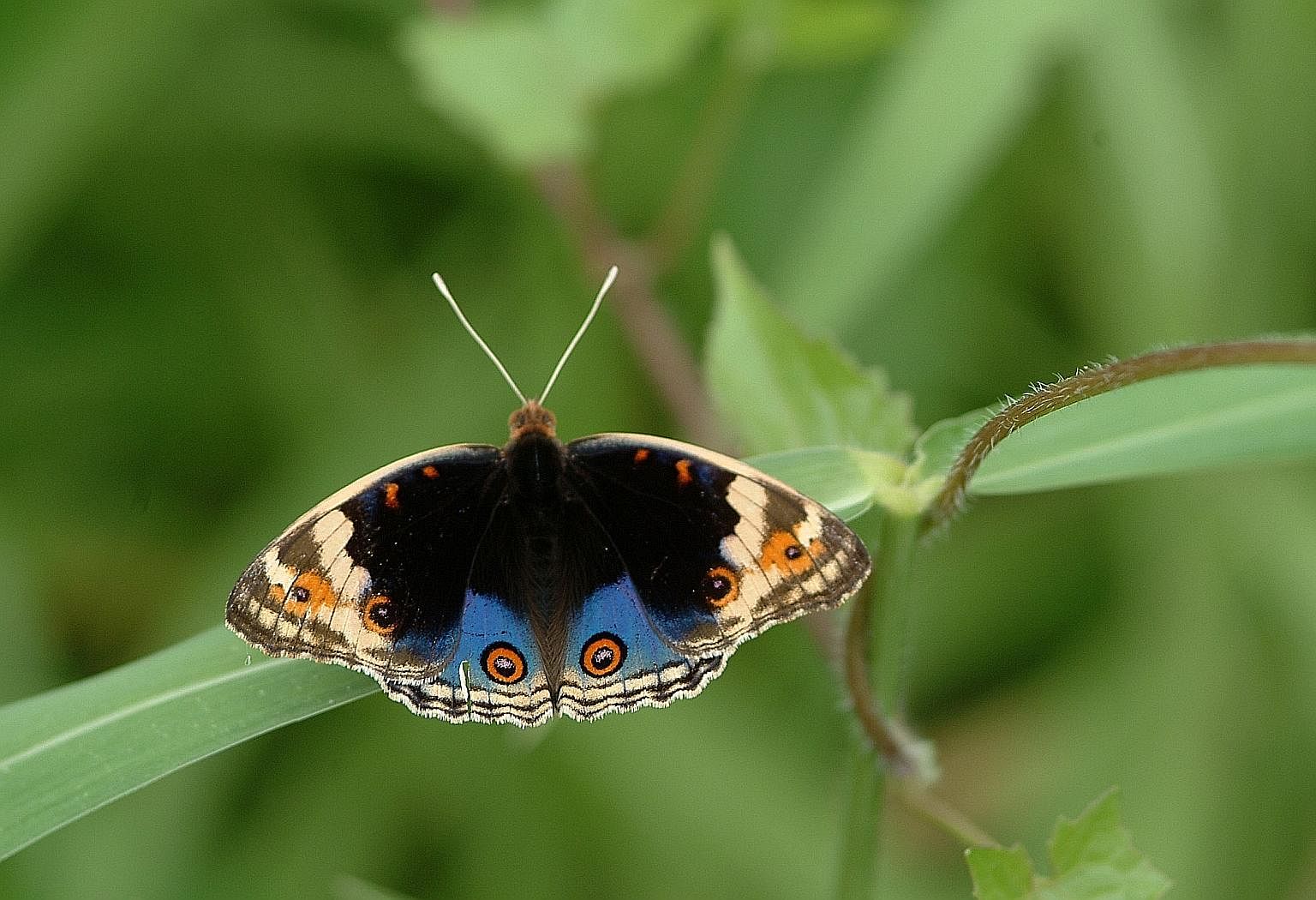
The planting approach towards these roadside plantings, or nature ways, includes curating ground cover that attracts butterflies, bees and other pollinators such as sunbirds, said Mr Lim.
"We have also allowed spontaneous greenery to grow on several slopes along our roads, which not only provides food and shelter for animals, but in addition provides natural protection and support for the slope," he said.
Mr Lim added that NParks is encouraged that the public has noticed and appreciates the more naturalised landscapes and the fauna that come with them.
"Following the gradual easing of the circuit breaker measures, as NParks looks into scaling up landscape-related operations in a phased manner, we will continue to introduce more naturalistic landscapes that will attract more biodiversity," he said.
